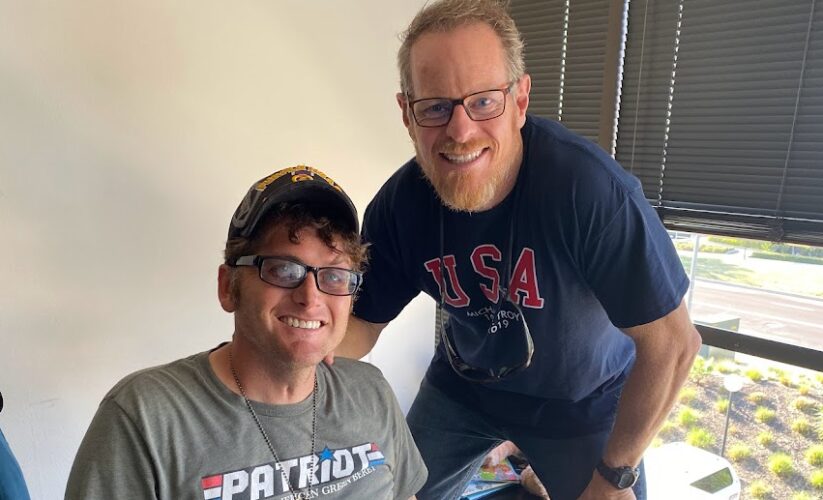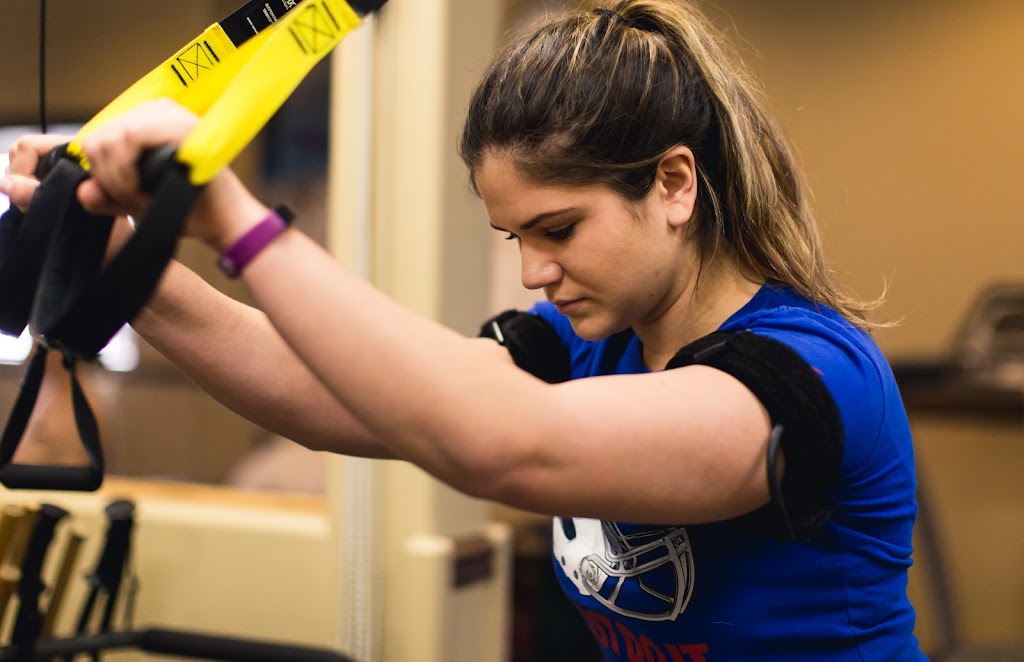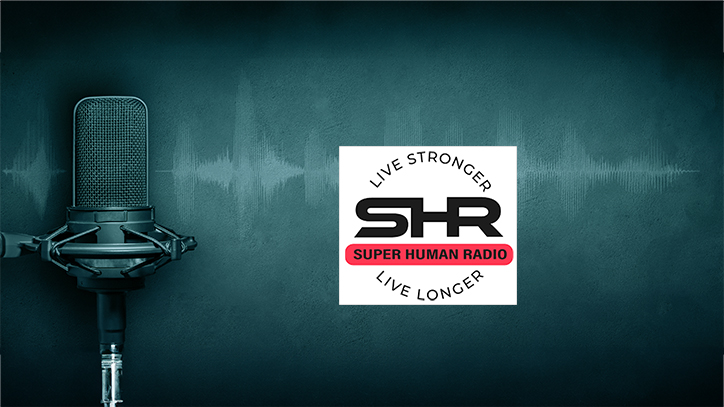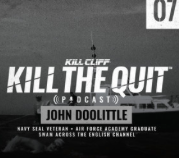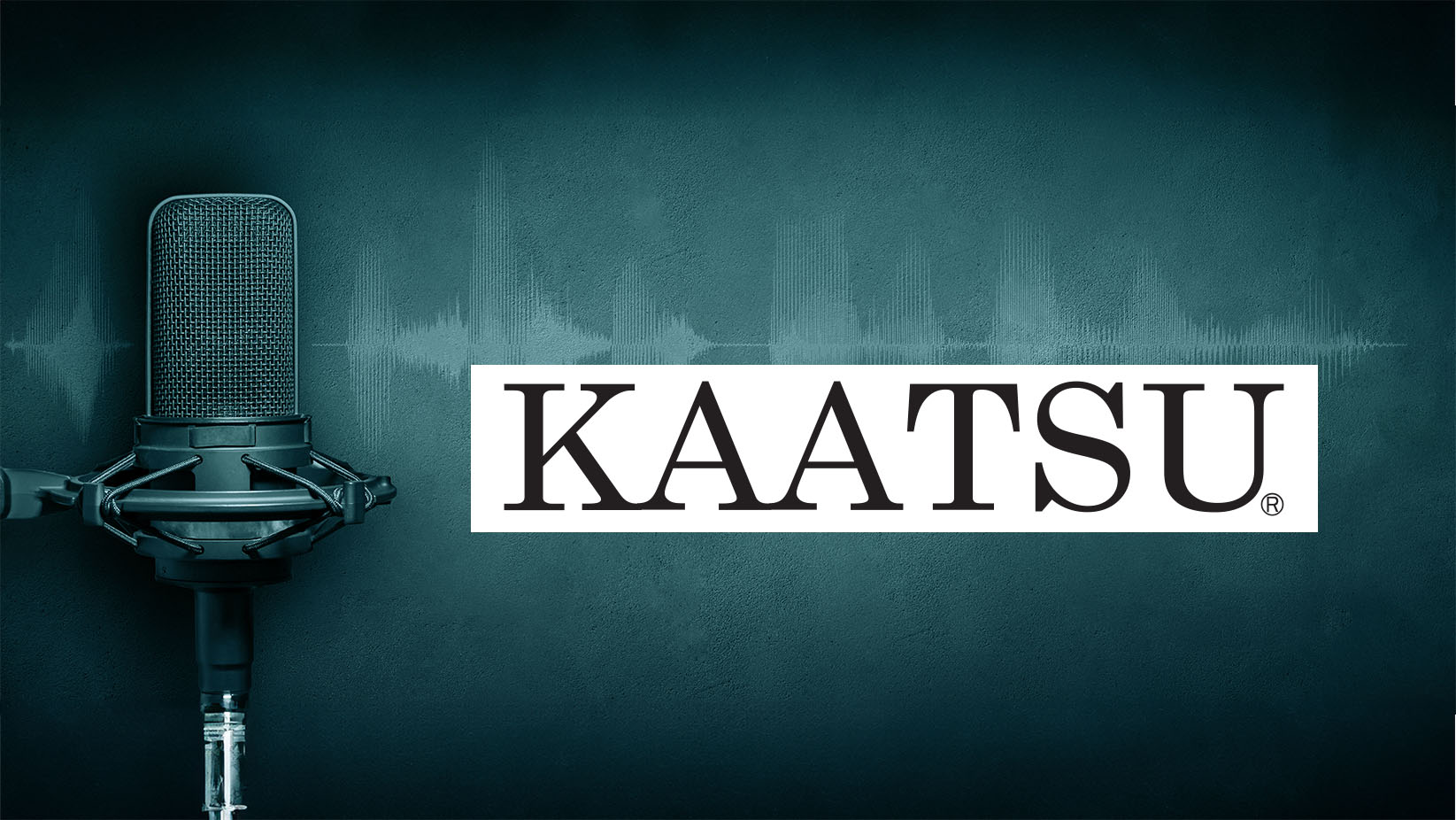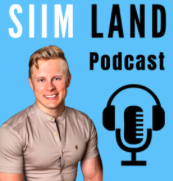
Siim Land Podcast- World’s #1 Biohack for Longevity
Episode Description
Welcome to the Siim Land Podcast I’m your host Siim Land and today we have two guests from KAATSU Global Steven Munatones and John Doolittle. KAATSU is a form of blood flow moderation training that can mimic heavy weightlifting with lighter loads. It’s the most researched and advanced forms of blood flow restriction training in the world. You can use it for treating injuries, recovery from exercise and improving cardiovascular health.
Check out and order a KAATSU support system and keep in the fight.

